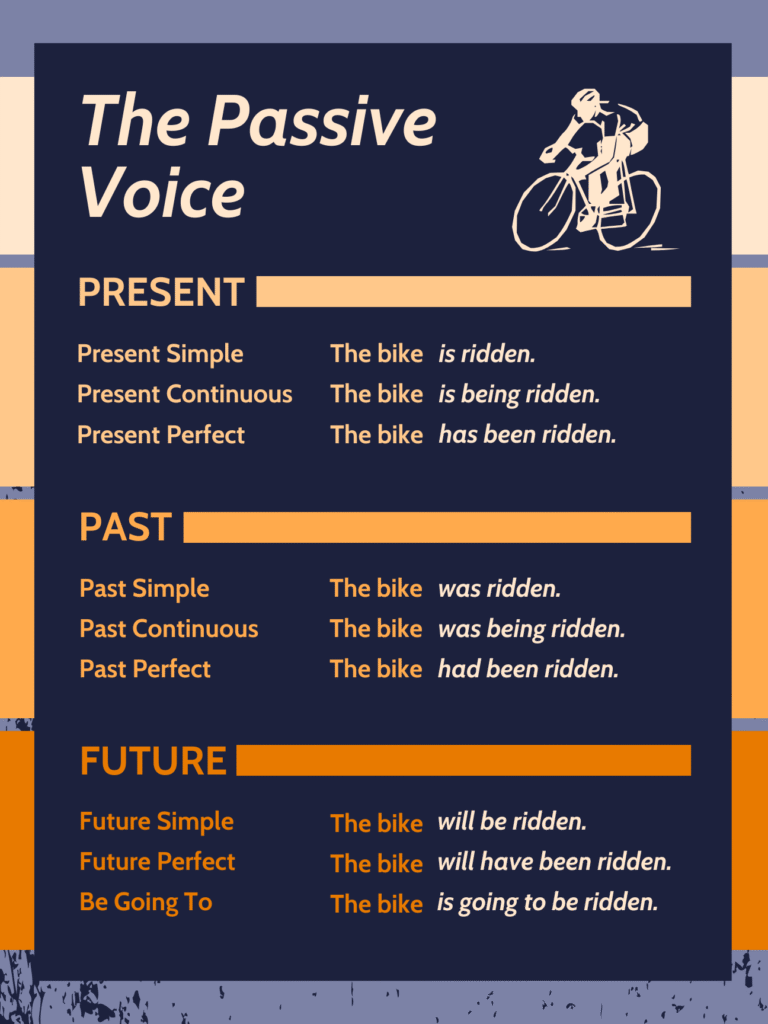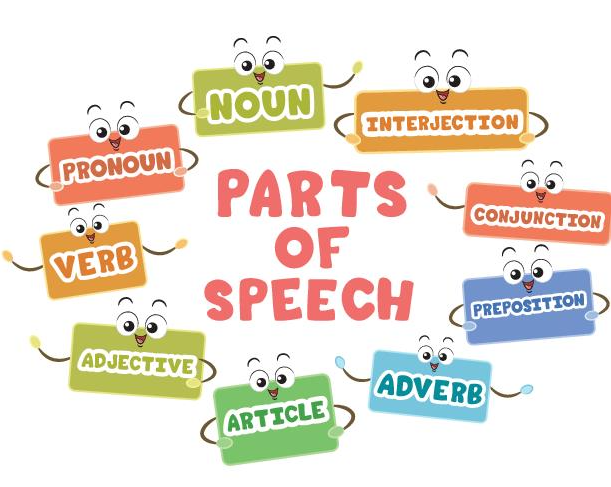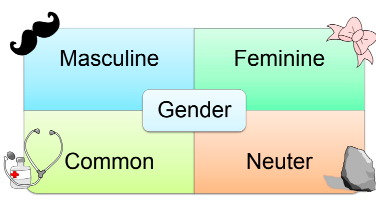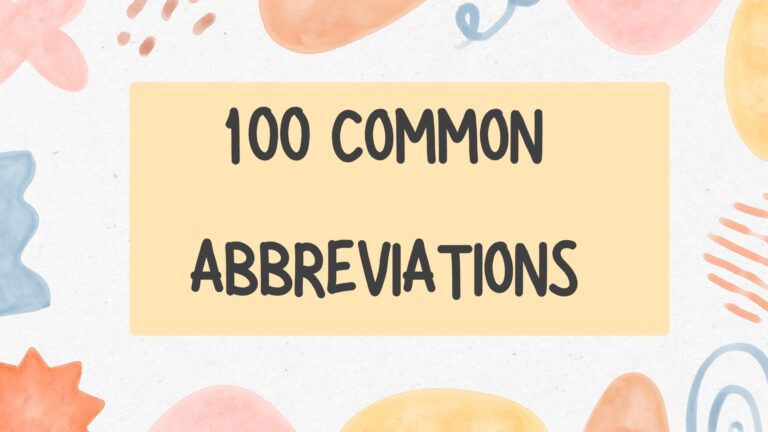Passive Voice: When to Use/Avoid it
Passive Voice: Use It or Lose It
You’ve probably heard grammar advice like “Don’t use passive voice!” But is it really that bad? Let’s make it simple: passive voice isn’t wrong. It just depends on how and why you use it. In a passive sentence, the focus shifts from who is doing the action to what is happening.
- The cake was baked by John. (Passive)
- John baked the cake. (Active)
In the first sentence, the cake becomes the star. In the second, John takes the lead.
When Should You Use Passive Voice?
Passive voice can be useful in several situations. Here are some smart times to use it:
1. When the subject is unknown
My bike was stolen.
We don’t know who stole it, so passive voice makes sense.
2. When the doer doesn’t matter
The room is cleaned every day.
Who cleans it isn’t important, the focus is on the result.
3. To be more polite or formal
Your feedback has been received.
This sounds softer than saying “We received your feedback.”
4. To emphasize the action, not the actor
The book was translated into 10 languages.
The focus is on the translation, not who did it.
When Should You Avoid Passive Voice?
Using passive voice too much can make your writing weak or unclear. Here’s when to avoid it:
1. When writing needs to be direct
The project was finished by the team. (Passive)
The team finished the project. (Active)
Active voice gives energy to your sentence.
2. When giving instructions
The form must be signed. (Passive)
Sign the form. (Active)
Clearer. Shorter. Stronger.
3. When telling stories or blog posts
Active voice keeps things exciting. Passive voice can feel flat.
The ball was kicked by the player. (Passive)
The player kicked the ball. (Active)

Summary
| Passive Voice | Active Voice |
| Focus on the action or object | Focus on the person doing the action |
| Often longer and more formal | Usually shorter and clearer |
| Good when the doer is unknown or unimportant | Best for strong, direct writing |
Q1: How do I recognize passive voice in a sentence?
A: Look for a form of the verb “to be” (is, was, were, etc.) followed by a past participle (e.g., written, made, done).
Example: The letter was written by Sarah.
Q2: When should I use passive voice?
A: Use it when the doer of the action is unknown, unimportant, or when you want to emphasize the action or object instead of the subject.
Q3: Is passive voice common in spoken English?
A: It’s less common in casual speech but still used, especially when people don’t want to say who did something.
Example: Mistakes were made.
Q4: Can passive voice make writing sound more polite?
A: Yes. Passive voice can soften the tone and sound more professional.
Example: Your order has been processed.






